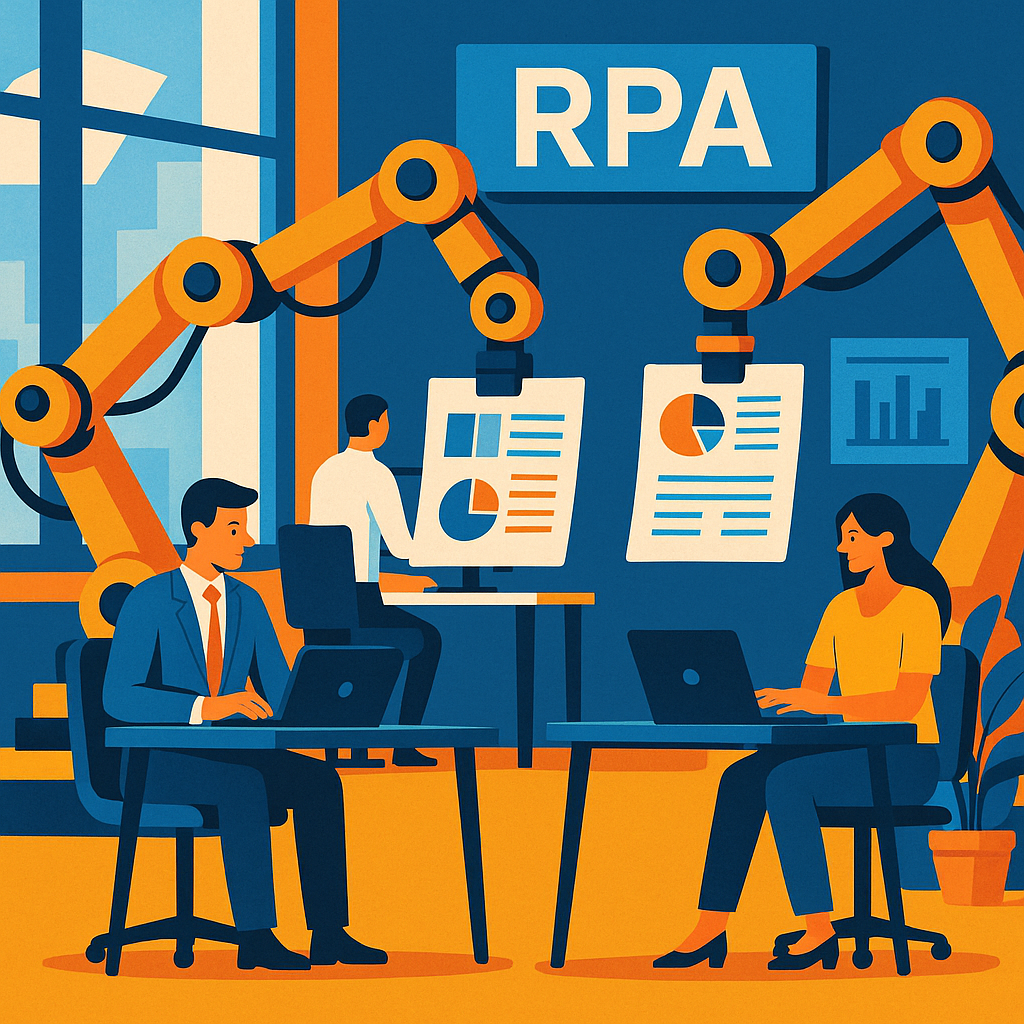RPA in 2022: How Robotic Process Automation is Reshaping Business Operations

Robotic Process Automation (RPA) has moved from buzzword to boardroom staple. By 2022, organizations worldwide were harnessing the power of RPA to streamline repetitive tasks, reduce costs, and empower employees to focus on higher-value work. As digital transformation accelerated post-pandemic, RPA became a foundational tool for businesses seeking agility and resilience.
What is RPA and Why Did It Take Off in 2022?
RPA technology uses software "robots" to mimic human actions across digital systems. These bots can log into applications, process transactions, handle data, and even respond to simple queries—24/7, with minimal errors.
In 2022, several factors fueled the adoption boom:
- Remote Work Realities: Organizations needed flexible ways to manage back-end processes as teams dispersed globally.
- Pressures to Do More with Less: RPA offered cost-cutting by automating mundane, repetitive tasks.
- User-Friendly Platforms: New low-code tools opened automation to business users, not just IT departments.
- Integration with AI: Merging RPA with AI/ML enabled companies to automate more complex processes.
Key Business Benefits Realized in 2022
Businesses adopting RPA in 2022 reported transformative gains:
- Efficiency & Speed: Bots processed tasks in seconds—tasks that would take humans minutes or hours.
- Cost Savings: Companies cut operational costs by 20–40% in many RPA-driven functions.
- Enhanced Compliance: Automating manual documentation reduced compliance errors and audit risks.
- Employee Satisfaction: Offloading routine work let staff concentrate on analysis, creativity, and customer engagement.
Popular Use Cases Driving Growth
RPA’s success was grounded in clear, high-impact use cases. In 2022, top applications included:
- Invoice Processing: Automating data extraction and entry across finance systems.
- HR Onboarding: Speeding up employee onboarding checks, documentation, and setup.
- Customer Service: Auto-filling responses to common queries and updating CRM platforms.
- Supply Chain Updates: Real-time status tracking and order management without manual intervention.
A 2022 case study: A large European bank slashed loan processing times by 70% with RPA, improving customer satisfaction even as loan volumes spiked.
Leading Tools Making Headlines in 2022
As RPA moved mainstream, several platforms emerged as industry favorites:
- UiPath: Continued its rapid growth with business-friendly design and scalability.
- Automation Anywhere: Focused on cloud-first, AI-enabled bot deployments.
- Blue Prism: Stood out for its robust security and compliance features—key for regulated sectors.
Smaller challengers and open-source tools also gained traction, allowing even mid-size companies to start small and scale.
Overcoming Challenges: Scaling Beyond Pilots
Despite the enthusiasm, 2022 surfaced challenges:
- Scaling RPA beyond departmental pilots often uncovered process complexities.
- Change management and clear sponsorship from leadership proved critical.
- Successful companies invested in continuous improvement, training, and evaluating processes for automation readiness.
What’s Next for Business Leaders?
By 2022’s end, it was clear: RPA was not a magic bullet but a powerful lever for transformation—when paired with a strategic approach. Leaders were advised to:
- Start small with well-defined processes, then scale up.
- Involve business stakeholders early to drive adoption.
- Monitor ROI and evolve automation strategies with emerging AI tools.
RPA set the stage for the hyperautomation era to come—where humans and digital workers join forces to redefine what’s possible in business.
In 2022, automation wasn’t just a cost play; it was a competitive necessity. For organizations still weighing the leap, the message was clear: those who automate smarter, win bigger.